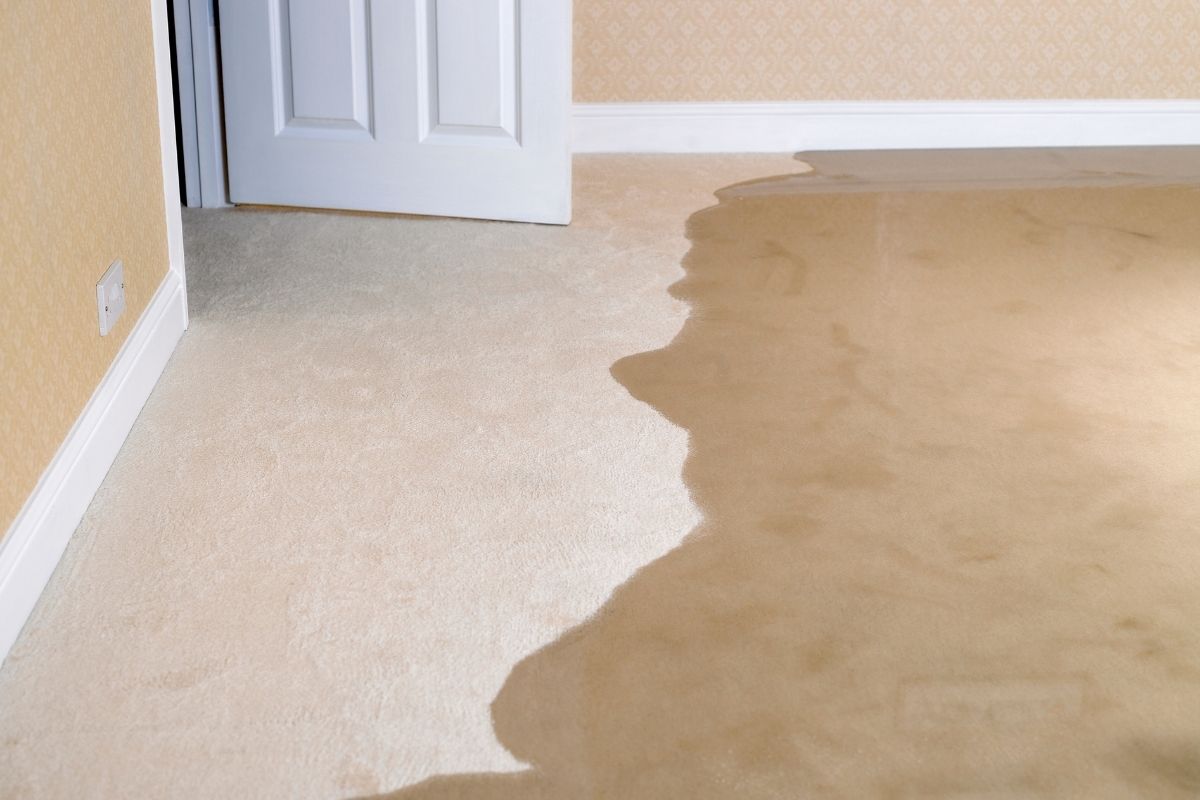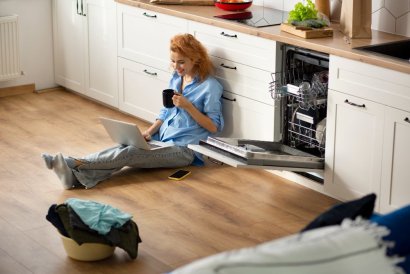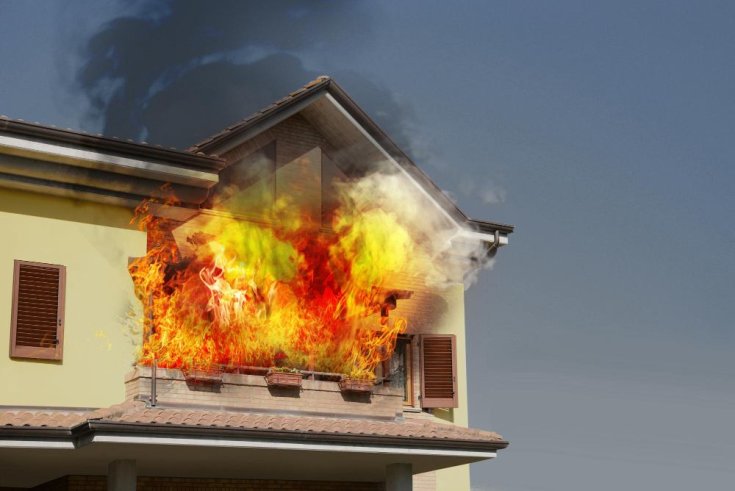404-900-3852
15-45 Minutes Response Time
404-900-3852
15-45 Minutes Response Time
The basement is generally the part of the building most vulnerable to flooding and excess moisture. This is why basement floors are usually nothing more than poured concrete. Homeowners who want to upgrade their basement flooring to something more comfortable and aesthetic, such as carpeting, worry the moisture in the basement will ruin the investment. There are solutions and workarounds though.


How To Prevent Water Damage from Leaking Appliances Water damage from leaking appliances can wreak…
 December 11,2023
December 11,2023

Precautionary Measures to Prevent a Fire on Your Home Home and business fires are awfully…
 December 06,2023
December 06,2023
If you want to enjoy the feeling of carpet under your feet in the basement, then consider some of the upcoming tips. Homeowners dealing with water damage and looking for water damage cleanup or water damage restoration can call Tidal Wave Restoration to consult with a live representative today.
You cannot buy any old carpet for your basement. There are some types of carpets that are well-suited for the basement:
The basement is naturally vulnerable to flooding and moisture, but there is a lot you can do to tackle these risks. Let’s go over just some of the risk factors and tips on how to mitigate them:
If you are dealing with a water damaged basement or would like to hire specialists to fortify your basement against water damage, then call Tidal Wave Restoration. We are a water damage restoration company with years of industry experience. Our live representatives and dedicated crew are on standby to dispatch to your location as soon as possible. We are ready when you are.